Tajikistan is not known as a destination for tourists, if it is even known at all. Those who do would probably only have known of the country as one of the “Stans” in Central Asia. Beyond that, all they can imagine of the region are probably treacherous mountains, nomadic bandits and just plain old danger.
It is true that Tajikistan is mountainous. In fact, Tajikistan’s biggest draw for travellers in the know is the Pamir Mountains, a mountain range that practically constitutes the eastern half of the country.
That said, having travelled through the Pamir Mountains last summer, I am here to debunk the notion that travelling in Tajikistan is dangerous. Although the country was ravaged by civil war from 1992 to 1997 following the collapse of the Soviet Union, it is a very safe country to visit as a tourist today—especially when compared to its southern neighbour, Afghanistan.
On this note, here are six things to love about Tajikistan’s Pamir Mountains that I hope may allow you to reconsider the country as a viable travel destination.
Also read: The Best Scenic Spots for Your Photoshoots in China
1. The chance to embark on a road trip on the “Roof of the World”
The Pamir Mountains are known as the “Roof of the World” (Bam-i Dunya in Tajik). In fact, three of the four tallest peaks in the former Soviet Union are located there.
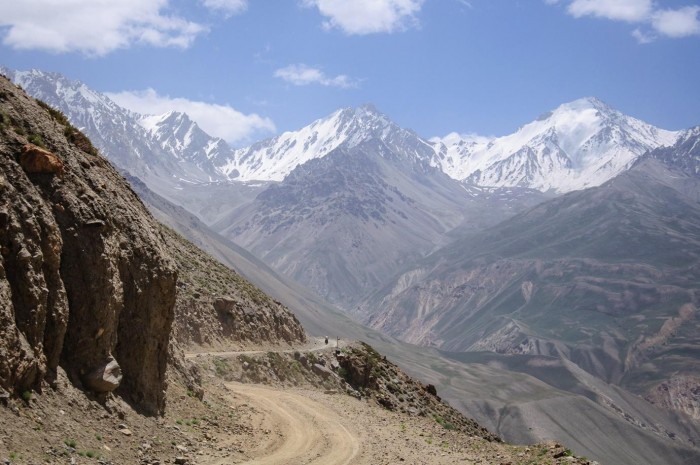
In order to enjoy this mountainous landscape of the Pamirs, most travellers will take a road trip through the Soviet-build Pamir Highway. They usually start from the city of Khorog, the provincial capital of the Gorno-Badakhshan Autonomous Oblast (GBAO), and end in the city of Osh in Kyrgyzstan—or vice versa.
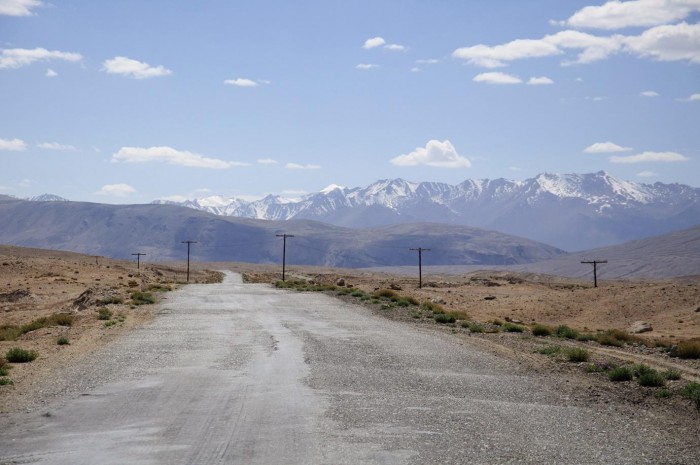
If you do choose to traverse the Pamir Highway, you will definitely be assured of hours upon hours of scenic views. Dramatic snow-capped peaks and undulating valley floors are all part of what you will come across. Make sure that your memory card has enough space for all the photos that you will definitely take.
For the more adventurous, cycling the Pamir Highway is also a possibility. In the week that I spent in the Pamirs, I saw many cyclists—a couple of whom could have been old enough to be my grandparents!
2. The allure of remote landscapes
The Pamir Mountains are located in one of the remotest regions in an already remote country. GBAO, the administrative district in Tajikistan that encapsulates most of the Pamirs, accounts for only 3% of Tajikistan’s population despite taking up 45% of the country’s territory.
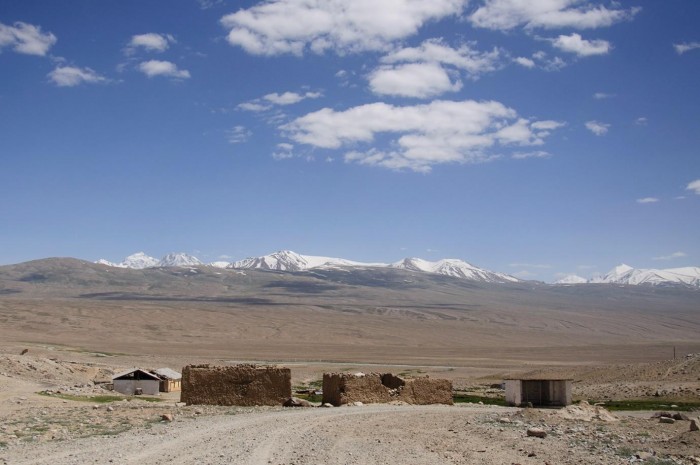
Outside of the few towns and villages in the Pamirs, inhabited buildings are few and far between. The landscapes you will pass are usually stark and utterly devoid of people. Hence, while travelling on the Pamir Highway, apart from the people in your shared taxi or chartered jeep, you will often find that you are all alone in the great expanse of mountains.
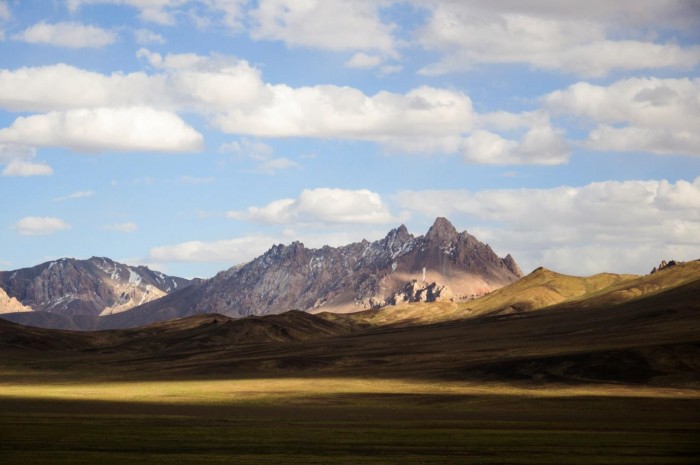
I particularly enjoy this sensation of having a place to myself. Perhaps, as someone who grew up in a crowded city (Singapore), I crave what I do not have. Whatever the reason, I do think that that there is something special—a poetic, transcendent quality perhaps—in remote landscapes like the Pamir Mountains. You should come and feel it for yourself.
3. The complete dependence on serendipity
It is impossible to plan for a trip through the Pamir Mountains on a budget. The only things you can pre-book in advance are pricey tour packages. Everything else, from accommodation to transport, will have to require you physically showing up there and then.
As such, travelling the Pamir Mountains can be very challenging if you are the sort of traveller who needs to nail down your itinerary before leaving home. The Pamirs demand a different type of travelling mindset—one that encompasses a willingness to let go of your expectations and to go with the flow.

As a matter of fact, if you do not charter your own private vehicle, you will be completely dependent on serendipity to even make progress on the Pamir Highway. After all, there is no systematic form of public transportation in the Pamirs, at best just shared taxis that run on an ad-hoc basis.
Hence, during your time in the Pamir Mountains, you will definitely need patience and an acceptance of discomfort. As long as you stay open to the myriad experiences that may pop out along the way, your trip in the Pamirs will definitely be a memorable one, replete with many stories to share.
4. The hardy yet hospitable folk who call the Pamirs home
While in an old van to the town of Rang-Kul one evening, I befriended a young Chinese-speaking Kyrgyz man, Kanat. He was very insistent that we—I was travelling with a few other travellers at that point in time—spend the night at his sister’s house. I also remembered Kanat being very apologetic that he was not able to get us fresh fruits and vegetables for dinner, but his sister still managed to prepare us a feast with lots of noodles and meat.
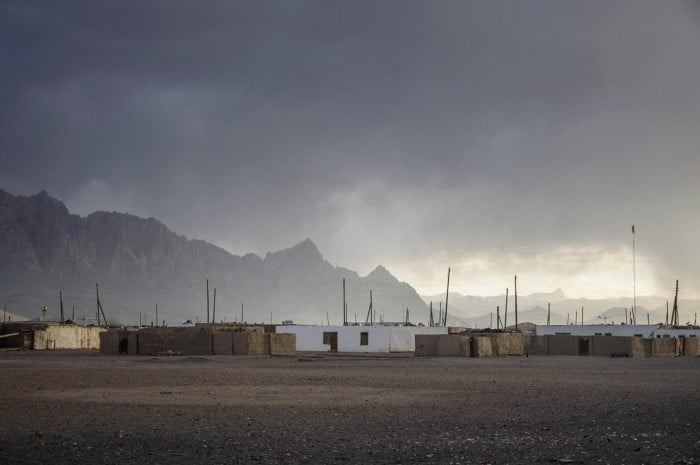
Looking at the dusty, mosquito-infested lands around the town of Rang-Kul, we all felt ashamed at having to impose ourselves on Kanat and his sister. Moreover, Kanat also spoke of how hard it was for the people living in the town to raise their livestock—the primary source of their livelihood—due to the harsh environment of the Pamirs. Despite these hardships, Kanat and his sister still voluntarily took us in for the night.
My experience with Kanat and his sister was just one of the many instances in which I was the beneficiary of the Pamiris’ well-known sense of hospitality. Even today, Kanat still sends me an occasional text on Whatsapp. In any case, while certainly not every Pamiri family has the means or willingness to host visitors as Kanat and his sister did, it is not uncommon for travellers to be invited for tea and snacks when strolling around a Pamiri town.
5. The exuberance of the Pamiri children
While the adults in the Pamiri towns tend to be more reserved and stoic, their children are the complete opposite. They are unreservedly exuberant and will usually come to you with boundless enthusiasm, screaming either one of the two English words they know: “Photo!” or “Homestay?”
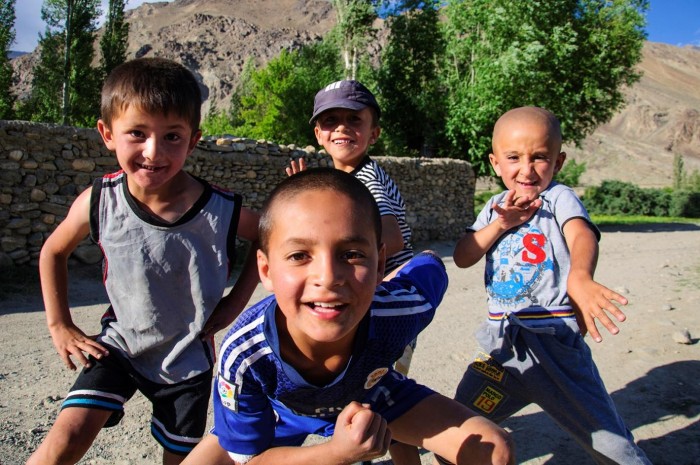
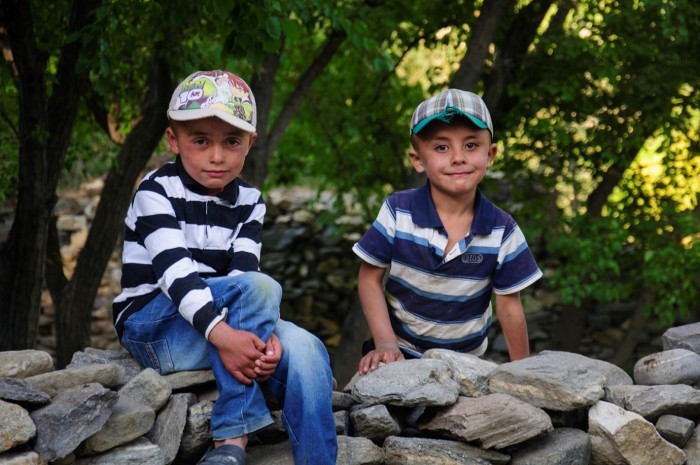
A couple of the children I met also spoke really good English. They told me that their English proficiency was the result of their English lessons at school, which to my surprise was not in the capital city or some other country, but right in their hometown. For instance, I met Aziza (the girl with the dark-blue jacket in the photo below) in the town of Ishkoshim and had a nice chat with her about life in the Pamirs.
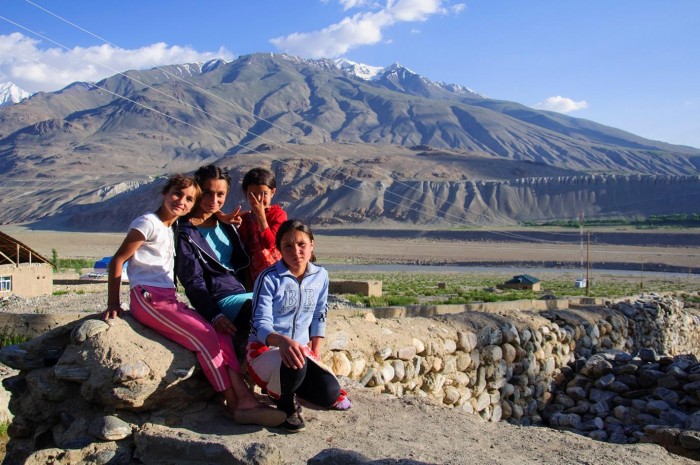
The fact that girls like Aziza can learn good English is a promising sign for Pamiri society. Although most of the GBAO remains very poor, a good education definitely has the potential to transform the life prospects of these young Pamiris.
6. The diversity of travellers the Pamirs attract
Finally, the last thing I absolutely loved about travelling in the Pamirs was just the types of travellers the place attracts. I have travelled widely—from the windy glaciers of Patagonia to the sand dunes of the Moroccan Sahara—but Tajikistan is still the place where I have met the craziest, coolest and most diverse range of travellers, all with their own unique personalities, backstories and motivations for travel.

It will be impossible for me to do justice to all the people whom I have got acquainted and travelled with, but the following are just some of their profiles: a globe-trotting Japanese who calls Pakistan and Ethiopia among his favourite countries to travel, a Russian-speaking Kuwaiti who conducts tours in Georgia and Armenia, and a French couple who is gradually travelling eastward to find a new country to settle down in.
I am also proud to say that I briefly met the Romanian photographer, Mihaela Noroc, who is behind the Atlas of Beauty project, while in Tajikistan. That said, I must confess that I only realised this after ending my travels in Central Asia and resuming a more digitally-connected lifestyle.
7. The million-dollar vista stargazing experience
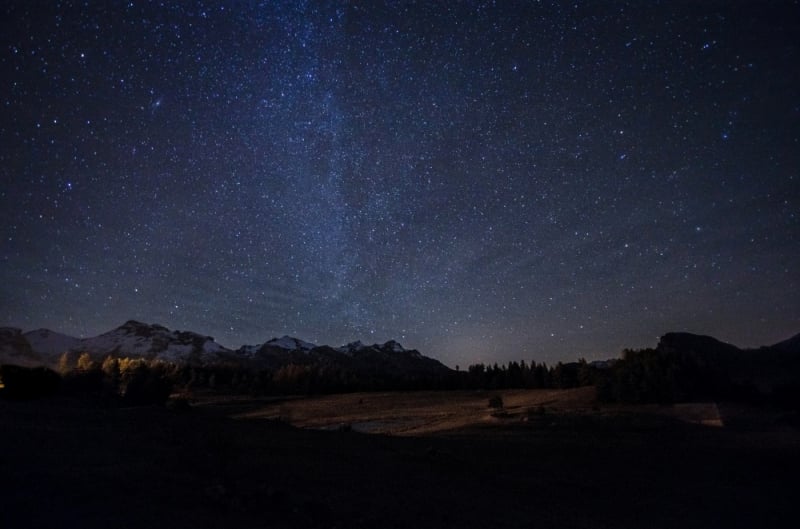
Image credit: Des Récits | Unsplash
Whether you’re an experienced astronomer or simply someone who appreciates the beauty of the night sky, stargazing in the Pamir Mountains is an unforgettable experience. I had the best time of my life come nightfall, simply gazing at the stars and identifying familiar constellations like Orion, Ursa Major, and the Big Dipper.
A Pamirian once told me that with a telescope, you can even observe planets like Jupiter and Saturn with their rings. Also, the Pamir Mountains are a prime location for viewing meteor showers like the Perseids and Geminids. How cool is that?
Also Read: Our One-Month China Itinerary: Beijing, Xi’an, Huashan & More
In any case, the Pamir Mountains is a truly magical place, with its mesmerising mountain landscapes, tenacious inhabitants and unconventional travellers. If you are willing to travel with both patience and presence, it will certainly be the place for the road trip for a lifetime.
Rohi safed! Bon voyage!




